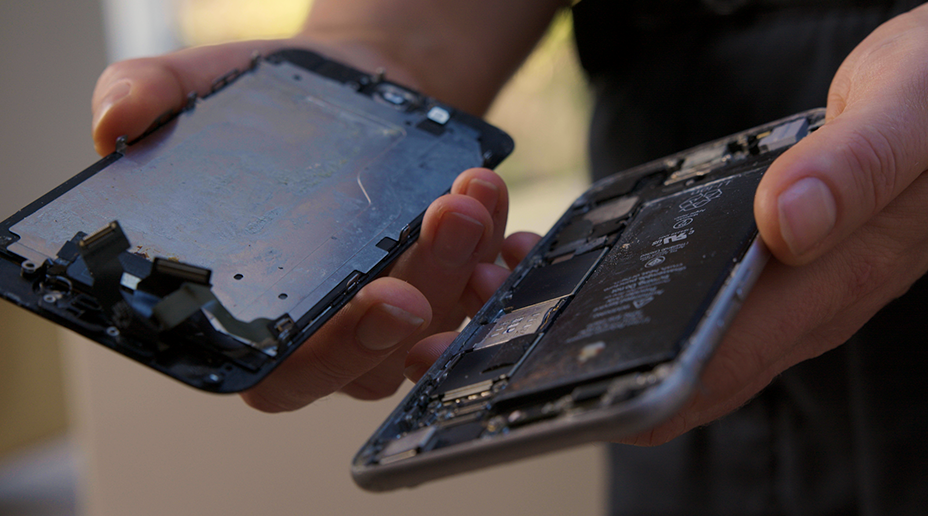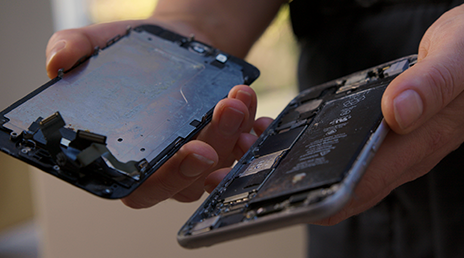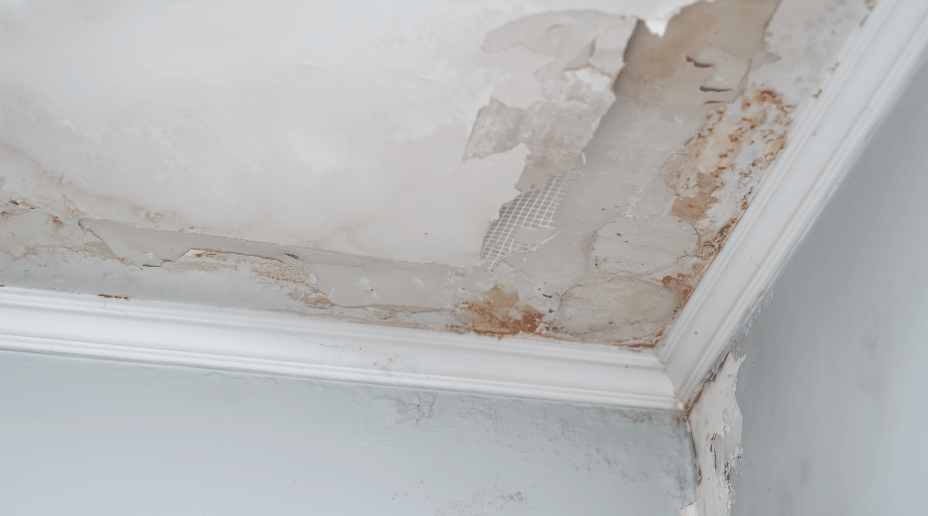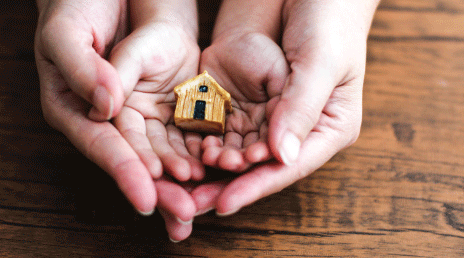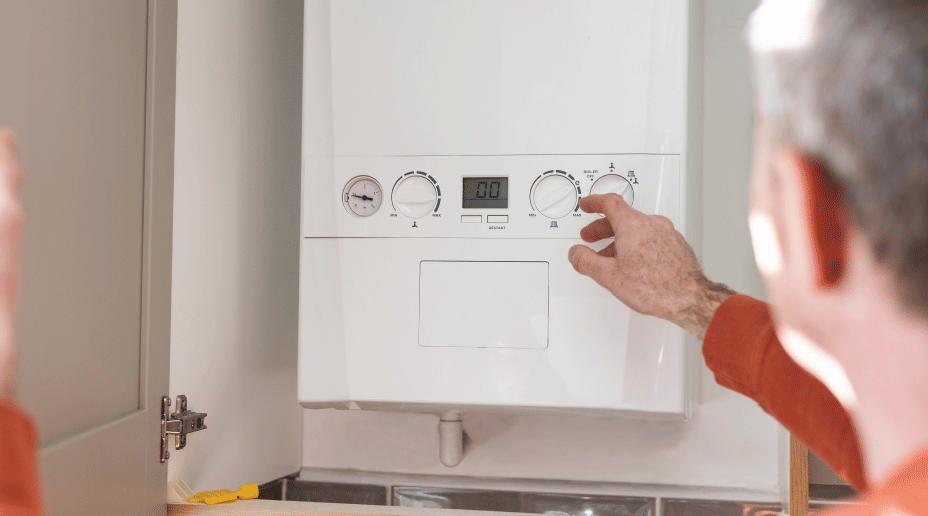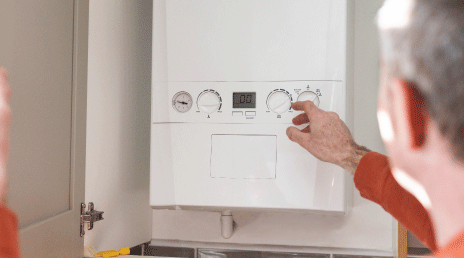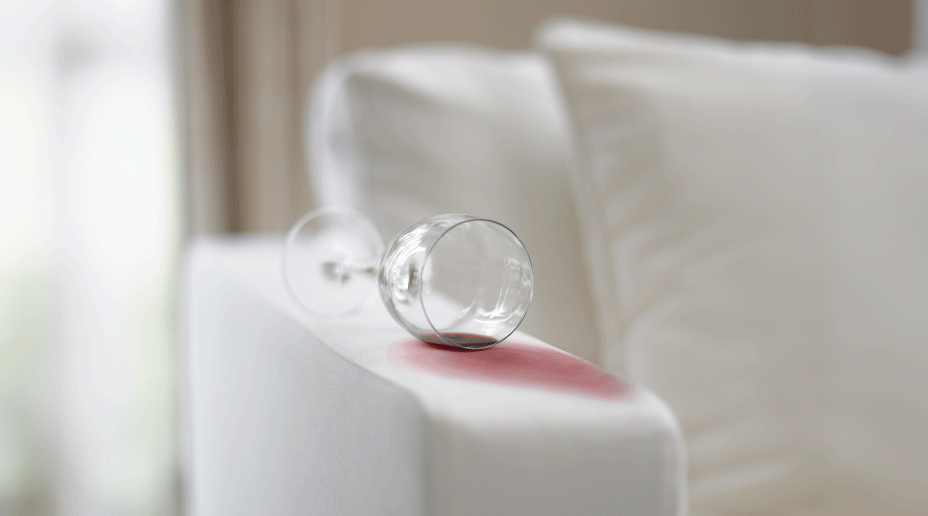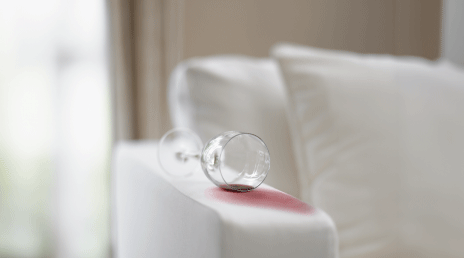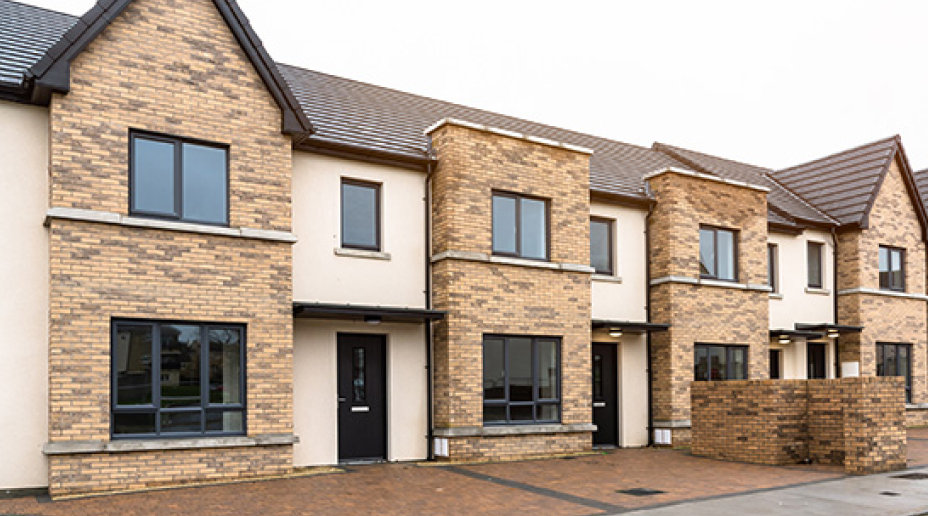How do you treat and prevent damp?
What causes damp?
Poor ventilation
Whenever you wash, cook, dry laundry or even breathe inside your home, moisture is released into the air. If this has no way to escape, it can build up home and create condensation in your home. This can lead to severe damp problems if left untreated.
Condensation on the windows and other cold surfaces inside your home means you may have a problem with ventilation. Low ventilation may also be a problem if it feels cool or if there is dampness in your house or a certain room.
How to get rid of damp caused by poor ventilation
- Reduce condensation and its causes.
- Repair and prevent any existing moisture damage.
- Keep your home ventilated by opening windows regularly.
Leaking plumbing
If your plumbing starts to leak, you might notice dampness forming on the walls inside your home. As the leak continues, the damp patch will spread.
Damp caused by leaking pipes will usually start to form a wet patch on external walls and in the corners of a room. You’re most likely to spot it on a ceiling or beneath sinks and radiators. If you think this is a more serious problem, there is a dampness test that can be performed by a damp specialist.
How to get rid of damp caused by a leak
- Repair the damaged pipes to prevent it getting worse.
- Ventilate your home to help dry out the room.
- Call in the professionals for proper damp treatment if needed.

What are the different types of damp?
-
Condensation
-
Rising damp
-
Penetrating damp
-
Black or dark mould
Generally caused by moist, warm air settling on cold walls and indoor surfaces, condensation is common in kitchens and bathrooms. You can spot it by the water droplets it causes on walls and other surfaces, dark mould forming around windows, and an unpleasant smell.
Most common in older homes that don’t have proper damp-proofing, rising damp usually starts in the foundations of a home and spreads upwards. It’s easily identifiable by cold, wet surfaces and mould growing in the external corners of your ground floor. You might also notice a strong, musty smell.
Leaking roofs, gutters or damaged mortar and rendering on external walls can often lead to penetrating damp. Early signs include the sudden appearance of a brown damp patch, most commonly around chimney breasts or in the upper corners and ceilings of a room.
Often referred to as mildew, black mould can be identified easily by its dark colour. It often appears in dark spots that spread and grow if you don’t tackle them.
How do I prevent damp in my home?
Most damp cases are preventable and it’s far easier to stop damp forming than it is to treat and repair.
Maintain your roof and gutters
By keeping your roof and gutters in order, it will help to protect your home from leaks and penetrating damp. By cleaning your gutters regularly, you’ll reduce the risk of them cracking and overflowing. Careful monitoring of your roof will also reduce the risk of cracked and loose tiles causing significant damp problems by letting water into your home.
Improve ventilation in your home
You will need to help excess moisture to escape from your home safely and reduce the risk of damp. Extractor fans, air bricks, window vents and roof ventilation are all great ways to improve the ventilation of your home. Make sure you pay special attention to ventilation in your kitchen and bathroom where moisture and condensation are most likely to form.
Moisture-resistant paint is also a great way to brighten up a space that’s previously had a damp issue and will also prevent the problem from returning. Paints designed specifically for bathrooms and kitchens help to fight moisture and steam, making them a beautiful way to protect your house from damp. Plus, they’re easily wiped down, meaning you can keep on top of any mould that does develop by safely wiping it off.
Use a dehumidifier
This is another way to remove excess moisture from the air in any room of your home. They help to improve the air quality in your home and reduce the risk of damp. Some smart options will switch themselves on when the humidity in your room reaches a set point to keep your home in peak condition.
When should I call in a professional?
You should be able to remedy most minor damp issues yourself by simply improving the ventilation of your home or reducing the moisture in the air. But sometimes, the type or severity of damp in your home may call for professional treatment.
For example, if a damp patch is growing gradually, it may be a problem with your plumbing. In these instances, you may need a plumber to repair the damaged pipes and stop the damp from spreading or getting worse.
For penetrating or rising damp, you might need to call in the professionals to help repair the cause and to prevent it happening again. This could include roof repairs or the installation of damp-proofing to help air out your home’s foundations .
You could also opt for cavity-wall insulation, which can provide more protection from penetrating damp than old-fashioned solid brick walls.
In summary…
Damp can have a devastating impact on your home if left untreated. But it is easily preventable and, if you catch it early, should be straightforward to resolve. From simple additions such as a dehumidifier to better maintenance of your home’s exterior, there’s plenty you can do to protect your home. Understanding how to prevent damp can help you to maintain a fresh living space and also avoid the cost of repairing issues caused by excess moisture.

